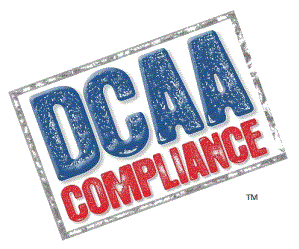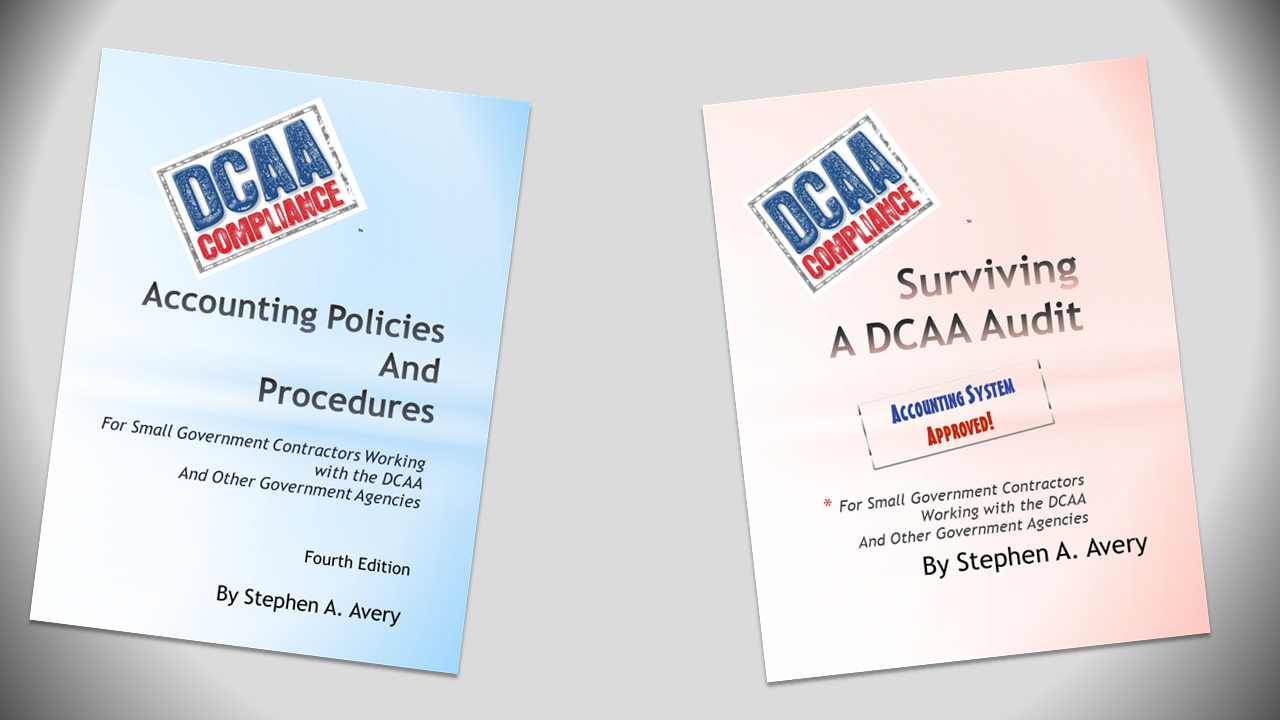May 23, 2013
One of the reasons Limited Liability Companies (LLC) achieved popularity among small business at their inception arose out of the myth about members not having to pay social security taxes.
To avoid a repeat of the problems the IRS experienced with S corporations and social security taxes (FICA) the IRS quickly jumped on the issue and declared all income from an LLC as earned and subject to social security taxes (FICA).
Part of the fallout of this resulted in tax law and GAAP denying a LLC member (owner) a salary except when the LLC elects treatment as a corporation.
This presents a problem for LLCs not electing corporation status when dealing with government contracts. If the contractor is not allowed to pay a member a W2 salary how does the contractor bill the government for the member’s efforts? Tax law and GAAP do not differentiate between what DCAA calls fair compensation (allowable) and profits (which cannot be claimed).
So what is a poor government contractor to do?
Surprisingly, the majority seem to pay their members a salary anyway; a simple solution that DCAA almost seems to welcome even though there are GAAP issues.
The other solution is corporation election.
Both these solutions, except possibly when the LLC takes the additional step of S Corporation election, result in member’s paying more in social security taxes(FICA) then a non-corporate LLC. Self-employment tax is calculated at less than the 15.3% that the member would pay as an employee and an employer, plus half of the self-employment tax is deducted from AGI (Adjusted Gross Income) on the 1040. Social security taxes are not. Yet, the employer share of FICA is deductible for the corporation which might even the last part out.
Anyone feel better about dealing with the FAR? I am trying to simplify what can be complex tax issues and I am not a tax accountant. Please do not try any of this at home and consult a tax professional.
There is another alternative, one I swear we all came up with fifteen or twenty years ago but neither DCAA or I seem to be able to find the guidance they issued around 1999. The FAR seems to refer to it in31.205-6 (a) (6) (i) where the FAR discusses the ‘need for special consideration’ for members of limited liability companies (and others) when addressing compensation for personal services.
What I believe the FAR is referring to is a method to separate out the ‘profits’ from ‘reasonable compensation’ for LLC members who need to charge for their services to the government both direct and indirect.
You begin by establishing a reasonable compensation rate for the said member, say seventy-five dollars ($75) and hour. The member’s time is recorded as any other employee and the ‘Level of Effort’ (LOE) is debited to the appropriate expense account. The credit is to a new member’s equity account which I will call Member’s Draw: Level of Effort”.
For example:
| Direct Labor Project 1 | $2,250 | |||
| General & Administrative Labor | $525 | |||
| B&P Labor | $225 | |||
| Member’s Draw: Level of Effort (Walter) | $3,000 | |||
Walter’s level of effort is 40 hours at $75 an hour for a total of $3,000
When appropriate, definitely at yearend, these entries are reversed to bring the books in compliance with tax and GAAP requirements. Why you could even use the old 13th period trick for this.
In terms of timekeeping and labor distribution requirements to include total timekeeping and such, Walter is required to comply in the same manner as any employee.
I generally fight against adding to the Chart of Accounts if it is not absolutely necessary, but some contractors may wish to add special expense accounts to reflect these Level of Effort entries. Most software packages allow for special tracking or classification, I would recommend this if possible as opposed to adding a second direct labor account to every project for LOE.
A DCAA auditor asked me an excellent question on this issue a few weeks ago. Basically she asked what assurance the government had that these entries would be real, what was to keep the contractor from crediting these equity accounts and never relieving them. From her perspective, the government could ask for some reasonable assurance that the members would pull this money in a manner similar to an employee receiving a paycheck.
Some contractors might object to DCAA following this transaction to the Balance sheet but I actually terminated a relationship with a contractor over this issue several years ago. The contractor kept building up the equity account but never had the cash to relieve it. I believe this form of Level of Effort accounting only works when the account is relieved on a regular basis.
We agreed with DCAA’s thoughts and agreed to relieve the account on at least a monthly basis. I also noted that what the contractor did with the money after it was paid out to them was beyond the Level of effort discussion. In other words, if the contractor turned around and put money back into the LLC as a form of additional paid in capital, that was between the members and the LLC.
It just never gets dull, does it? If anyone finds that guidance from around 1999, please let me know.
Available on Amazon and www.dcaacompliance.com

